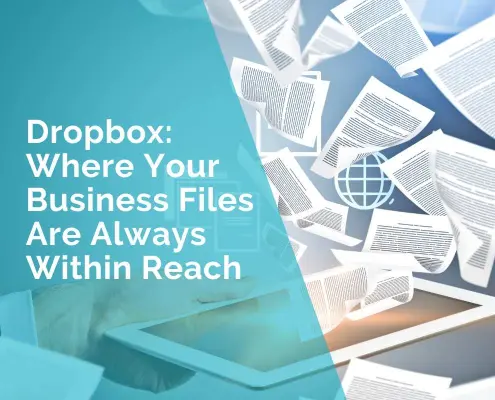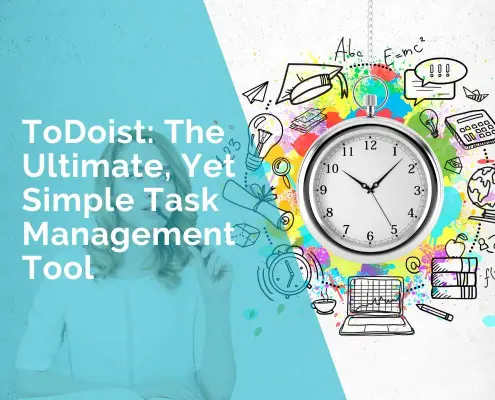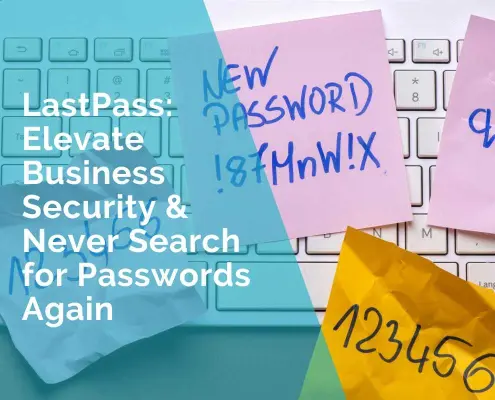Cutting Costs and Staying Connected: eSIM Solutions for Small Business Owners
As a small business owner, staying connected is crucial for keeping your operations running smoothly. Whether you’re dealing with clients, suppliers, or team members, having reliable communication can make all the difference. One tool that can help you stay connected while saving money is the eSIM. This new technology can reduce your communication costs and make it easier to manage your phone service.
What is an eSIM?
An eSIM, or Embedded SIM, is a type of SIM card that is built into your phone or device. Unlike traditional SIM cards, which are physical cards that you insert into your phone, an eSIM is a digital SIM that can be programmed remotely. This means you don’t need to swap out physical cards when changing carriers or adding new plans.
Here’s how it works: Instead of inserting a small plastic card into your phone, your eSIM is already inside. You can manage and change your mobile plan through software, without needing to handle any physical cards. This makes it a lot easier to switch providers or add new lines if your business needs change.
For a deeper dive into how embedded SIM technology is shaping the future of mobile connectivity and digital services, check out this guide. Embedded SIMs not only streamline carrier switching but also enable businesses and tech brands to integrate mobile services seamlessly into their platforms.
Benefits of eSIM for Small Business Owners
Cost Efficiency
Reduced Roaming Charges: Traditional SIM cards often come with high fees when you use your phone abroad. With an eSIM, you can switch to a local network in the country you’re visiting. This can significantly cut down on roaming charges. For example, if you’re a consultant traveling to different countries, using an eSIM can save you a lot of money compared to traditional roaming rates.
Lower International Calling Rates: eSIMs can also help reduce the cost of international calls. By switching to a local carrier or using a plan that offers lower rates for international calls, you can keep your communication costs in check.
Flexibility and Convenience
Easy Switching Between Carriers: With an eSIM, changing your mobile carrier is much simpler. You don’t need to wait for a new SIM card or visit a store. You can switch carriers directly from your device, which is great if you need a different plan or better coverage.
For instance, if you run a small business and find that your current network has poor service in your area, you can easily switch to a different network with an eSIM without any hassle.
Simplified Management of Multiple Lines: If your business needs multiple phone lines, managing them with traditional SIM cards can be cumbersome. An eSIM allows you to handle multiple lines from one device, making it easier to keep track of different numbers and plans.
Imagine a small company with separate lines for customer service and sales. With an eSIM, managing these lines becomes simpler, as you can switch between them and manage everything from one device.
Enhanced Connectivity
Seamless Integration with Multiple Networks: eSIMs can connect to multiple networks, which means you can have better coverage and fewer issues with dropped calls or weak signals. This is especially useful if you travel frequently or work in areas with varying network coverage.
For example, a delivery business that operates in different regions can benefit from eSIMs as they ensure reliable service and connectivity no matter where their drivers are.
Improved Coverage and Reliability: With the ability to connect to different networks, eSIMs help ensure that you have a stable connection. This is important for businesses that rely on constant communication, like tech support or online services.
How eSIMs Can Help Cut Costs
Comparing Costs: Traditional SIM vs. eSIM
When you compare traditional SIM cards to eSIMs, you’ll find that eSIMs can be more affordable in many cases. Traditional SIM cards often come with extra fees, especially when you travel. You might need to buy new SIM cards for different countries or pay high roaming charges. With eSIMs, you can avoid these extra costs.
Examples of Cost Savings
Data Plans: Traditional SIM cards usually require you to get a new plan each time you switch carriers. This can be expensive if you’re frequently changing your plan or traveling. With an eSIM, you can switch plans without needing a new card. This makes it easier to find a plan that fits your needs and budget.
For instance, if you run a small online business and need to travel for work, an eSIM lets you choose a local plan that’s more affordable than international data plans. This can save you a lot of money in the long run.
International Roaming: Roaming charges with traditional SIM cards can be very high. If you travel often, you might face big bills for using your phone abroad. eSIMs allow you to switch to a local carrier in the country you’re visiting. This means you can avoid expensive roaming charges and pay local rates instead.
A travel agency, for example, could save a significant amount on roaming fees by using eSIMs. They can easily switch to local networks while their staff is traveling, reducing the overall cost of communication.
Case Studies: Small Businesses Saving Money
Case Study 1: A Freelance Consultant
A freelance consultant who frequently travels for work found that using traditional SIM cards led to high roaming charges. After switching to an eSIM, they could choose local data plans while traveling, which drastically reduced their communication costs.
Case Study 2: A Retail Shop Owner
A small retail shop owner used an eSIM to manage multiple phone lines. They were able to switch to a plan that better fit their data needs and save money on their phone bills. The convenience of managing everything from one device also simplified their business operations.
Implementing eSIM in Your Business
Choosing the Right eSIM Plan
When selecting an eSIM plan, there are a few things to think about:
Data Needs: Consider how much data you use. If you’re often on the go or use a lot of data for your business, look for a plan that offers enough data for your needs.
Travel Frequency: If you travel often, look for an eSIM plan that allows you to switch to local networks easily. This can help you save on roaming charges.
Network Coverage: Make sure the eSIM plan you choose offers good coverage in the areas where you work. This ensures you’ll have a reliable connection wherever you are.
Technical Setup and Compatibility
Devices That Support eSIM: Not all devices support eSIMs. Check if your phone or other devices are compatible with eSIM technology. Most newer smartphones and tablets support eSIMs, but it’s always good to confirm.
Activating and Managing eSIM Profiles: Setting up an eSIM is usually straightforward. You can activate your eSIM plan by following the instructions provided by your carrier. This typically involves scanning a QR code or entering details manually. Managing your eSIM profiles is also done through your device settings, making it easy to switch plans or carriers.
Security Considerations
Ensuring Data Protection: eSIMs are designed to be secure, but it’s still important to take precautions. Make sure your device is protected with a strong password or biometric lock. Also, keep your eSIM information private and only share it with trusted sources.
Transition Process
Switching from traditional SIM cards to eSIMs is a straightforward process, but it involves a few key steps. Here’s a simple guide to help you make the transition smoothly:
1. Check Device Compatibility
First, make sure your device supports eSIMs. Most modern smartphones and tablets do, but it’s always good to confirm. You can usually find this information in the device’s user manual or on the manufacturer’s website.
Example: If you have a new iPhone or a recent model of Samsung Galaxy, it likely supports eSIM technology.
2. Choose an eSIM Plan
Decide on an eSIM plan that fits your needs. Think about how much data you use, how often you travel, and the network coverage you need. Contact different carriers to compare their eSIM plans and choose one that works best for you.
Example: A freelance graphic designer who travels frequently might choose a plan with global coverage and a lot of data, while a local shop owner might opt for a plan with more local data and lower costs.
3. Get Your eSIM Activation Details
Once you’ve selected a plan, your carrier will provide you with the details needed to activate your eSIM. This usually includes a QR code or a code that you’ll enter into your device.
Example: Your carrier might send you a QR code via email or text message, which you’ll need to scan to activate your eSIM.
4. Activate Your eSIM
Follow the instructions provided by your carrier to activate the eSIM. This usually involves going to your device’s settings, finding the section for mobile plans or SIM cards, and entering the details you received. For most devices, you’ll need to scan the QR code or enter the activation code manually.
Example: On an iPhone, you go to Settings, select Cellular or Mobile Data, and then Add Cellular Plan. You’ll scan the QR code or enter the details provided.
5. Test Your eSIM
After activation, test your eSIM to ensure it’s working correctly. Make a few calls, send a text, and check your data connection to make sure everything is working as expected. For example, if you’re a small business owner with a delivery service, check to ensure that your phone is receiving calls and texts from clients and that your data is working for navigation apps. Additionally, if you’re traveling and using your eSIM while visiting Europe, confirm that you have a stable connection and that you’re not facing any unexpected charges.
Example: If you’re a small business owner with a delivery service, check to ensure that your phone is receiving calls and texts from clients and that your data is working for navigation apps.
6. Transfer Contacts and Data (if needed)
If you’re switching devices, make sure to transfer your contacts and any important data. Most modern devices make this process easy through backup and restore options.
Example: If you’re moving from an old phone to a new one, use cloud services or backup apps to transfer your contacts and any essential business information.
7. Dispose of Old SIM Cards
If you had traditional SIM cards that are no longer in use, make sure to dispose of them properly. Some carriers offer recycling programs for old SIM cards.
Example: A local café owner who has switched to an eSIM might return old SIM cards to their carrier’s store for recycling.
By following these steps, you can transition smoothly from traditional SIM cards to eSIMs, taking advantage of the benefits of modern technology without any hassle.
***
Lukas Siksna












